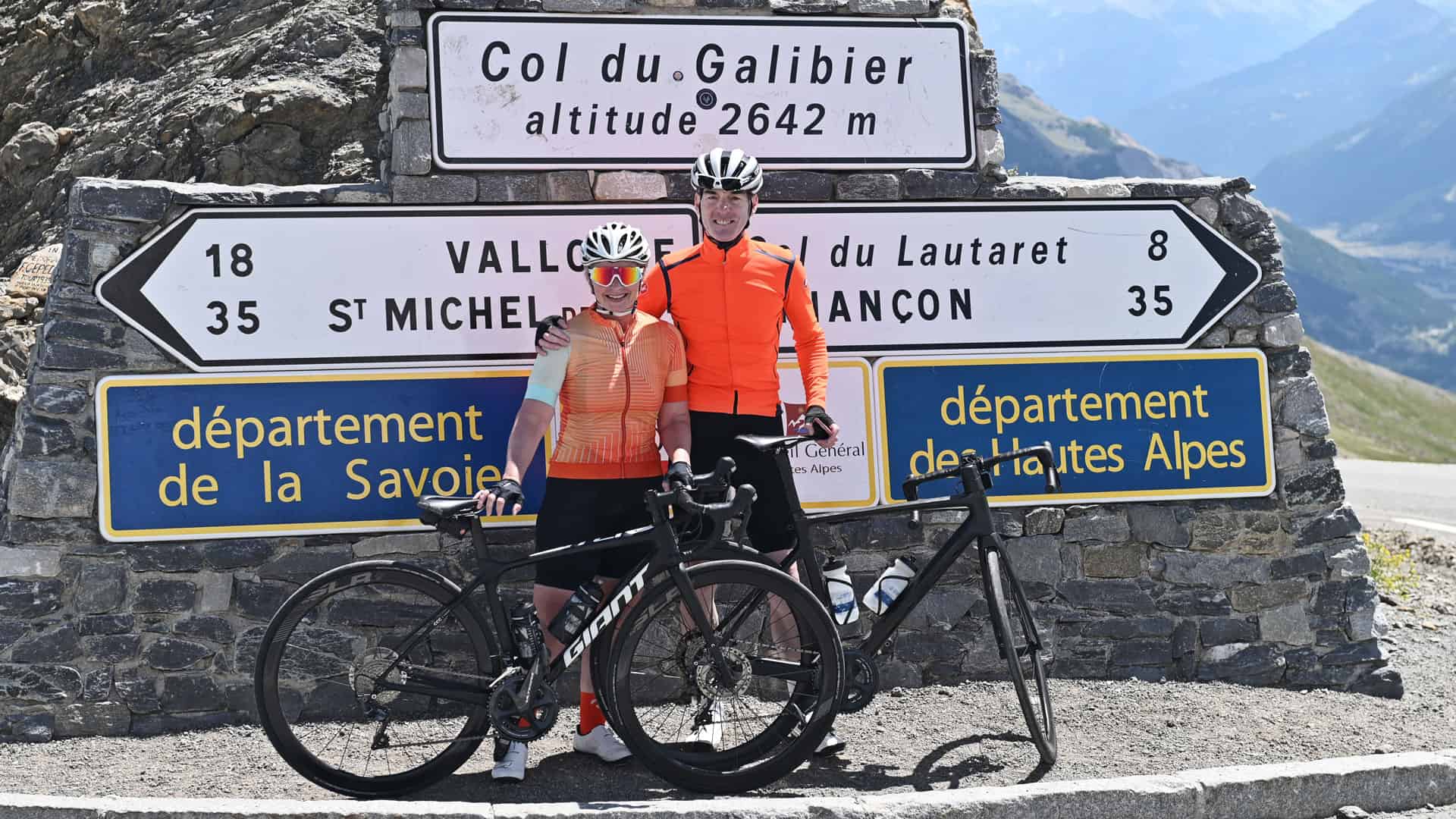In this video Matt Brindle, our functional strength coach discusses the evolution of Functional Strength Training. This is the first part of eight videos on the subject.
Video Transcript:
David:
Hi, my name is David Heatley from Cycling-Inform. This is our inaugural interview with Matt Brindle, our functional strength training coach. Thanks Matt for coming down. I’m just intrigued to find out your progression from going from a bodybuilder into functional strength training. Tell us the story Matt.
Matt:
Having been a personal trainer for 17 years now, when I started way back in the 90s, it seems like a lifetime ago. Training back then was vastly different from what it is right now, okay? The research, the science, all that sort of stuff that was coming out then was all about, okay what does this muscle do? How do we strengthen that muscle specifically? Let’s do this action to work on that muscle and it should give us this result. That was fine. Because a lot of that stems from a bodybuilding strength background and that’s how things were back then, okay? Like all industries, there is research and science going on the whole time. Now it probably wasn’t until, I would say the late 90s, 99, 2000 may be that the whole core training came out into the fitness industry.
David:
Yes.
Matt:
At that stage, I had several clients and over a period of a few years, you come across injuries and things like that and you want to know how to address it because these clients are asking for your help. You get into the whole core of side of things and it was all about what do the inner abdominals do and what do the outer abdominals do, and if we fix them, then everything else will be better. That was the basic perception of core training back then. It probably wasn’t until maybe 2004, 2005 that I started to hear the buzz word of functional training coming out. It was a transition, a slight transition from core training to functional training.
I looked into it a little bit further because some of the strategies and the sciences and whatever that were coming along with the core training weren’t giving the results that we were expecting them to give. They didn’t always give us the same result with the same person every time. Because it was back then, you do this, this will be the result. The human body doesn’t really work like that. Everybody is structured differently. Everybody’s biomechanics are different, their emotional state, all those sorts of things play a huge part in terms of how a person will move efficiently.
David:
Right.
Matt:
Functional training is about developing efficient movement. Considerations of emotional states, physical states, hydration, all those sorts of things play a factor in how somebody’s going to move.
David:
Sure.
Matt:
What it brought to my attention is that it was going far more I suppose you can say holistic look at the body.
David:
Yes.
Matt:
Rather than a scientific traditional western medicine approach. It’s still used in science and it still does. It’s heavily based in science and it looks at the structures of how the muscles to fire and it applies those principles to develop proper strategies. It’s not about us controlling the system. It’s about feeding the system what it wants. When I say the system I mean the human body. Then the body then comes up with the answer, rather than us telling it what to do the whole time.
David:
It’s a whole new way of training really.
Matt:
It was a whole new way of training. It has been around for a while. Even in the last eight years I’ve been looking into it and doing it with my clients, there is always research coming out on how we understand how the myofascial system which is sort of the muscles and the connective tissues work together to create stability, motion and all that sort of stuff. That’s now playing a big part in what we do and how we train people. The bases of functional training in terms of developing efficient movement is still there. The understanding of how the body now works is starting to come into play a little better and you can come up with better strategies now for everybody that gives them better results.
David:
Better results and that’s what we are really looking for. That’s one of the big issues I’ve found with traditional strength training was that it’s really about that transition across from what people are doing in the gym into strength training. That’s actually what we are doing in the gym and translating that into what we are actually doing out on the field and the particular sports. Not only specifically for cyclists but for all sportspeople.
Related Articles:
To Climb Faster You Need To Build Strength Before Speed
Functional Strength Training Vs Traditional Muscle Isolation Exercises





Leave A Comment